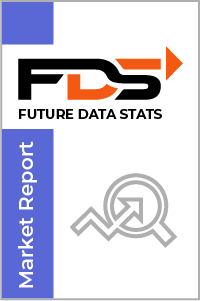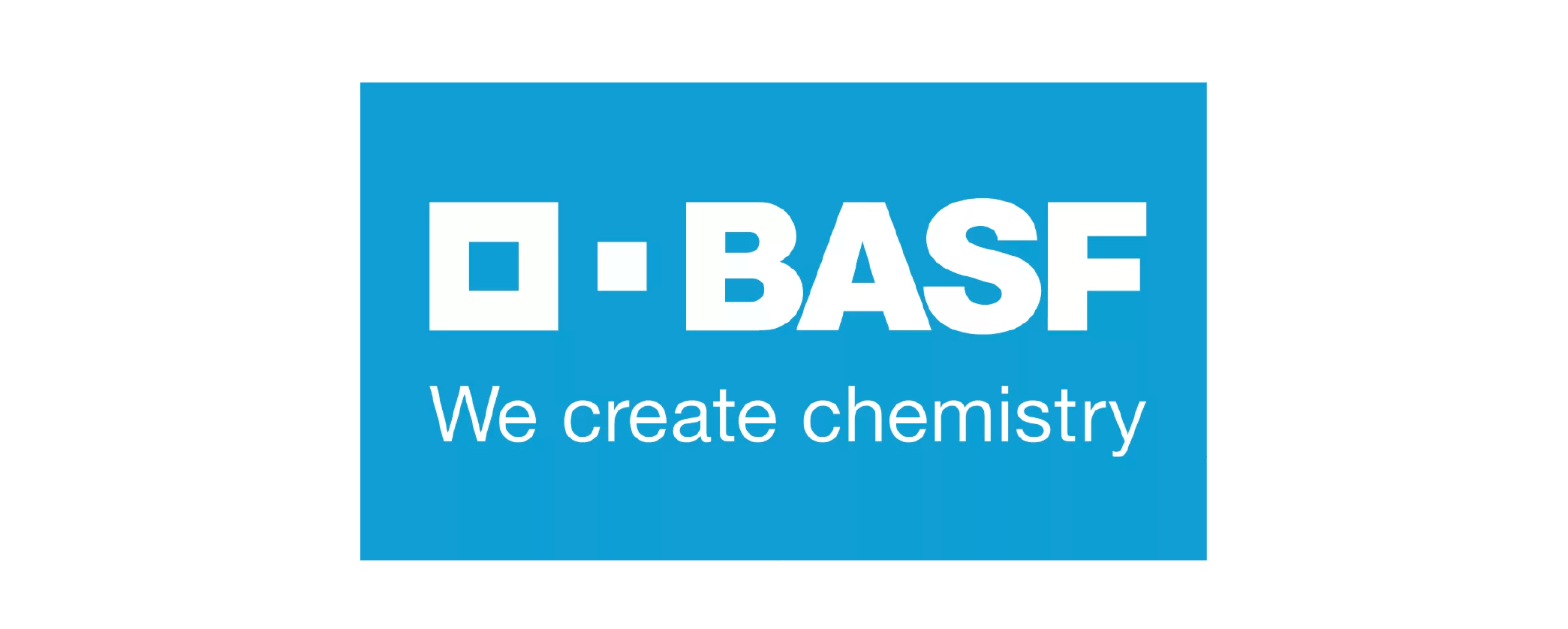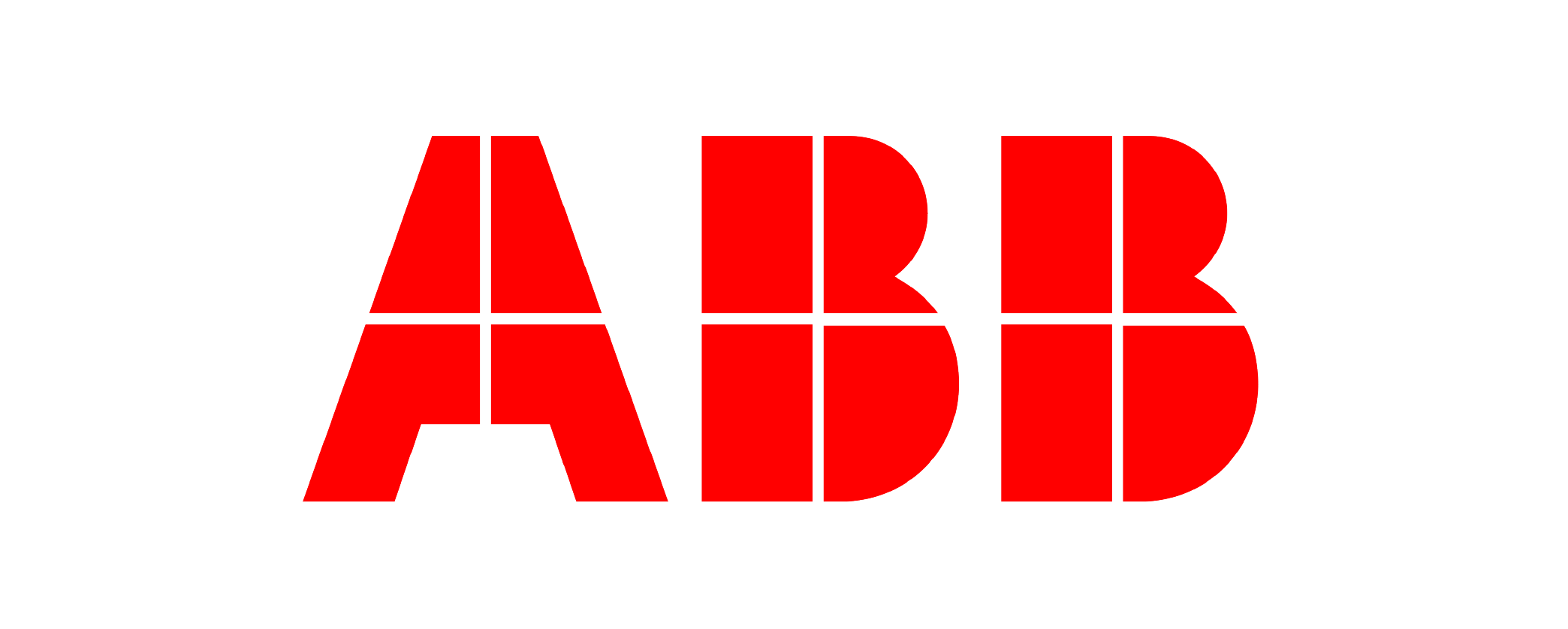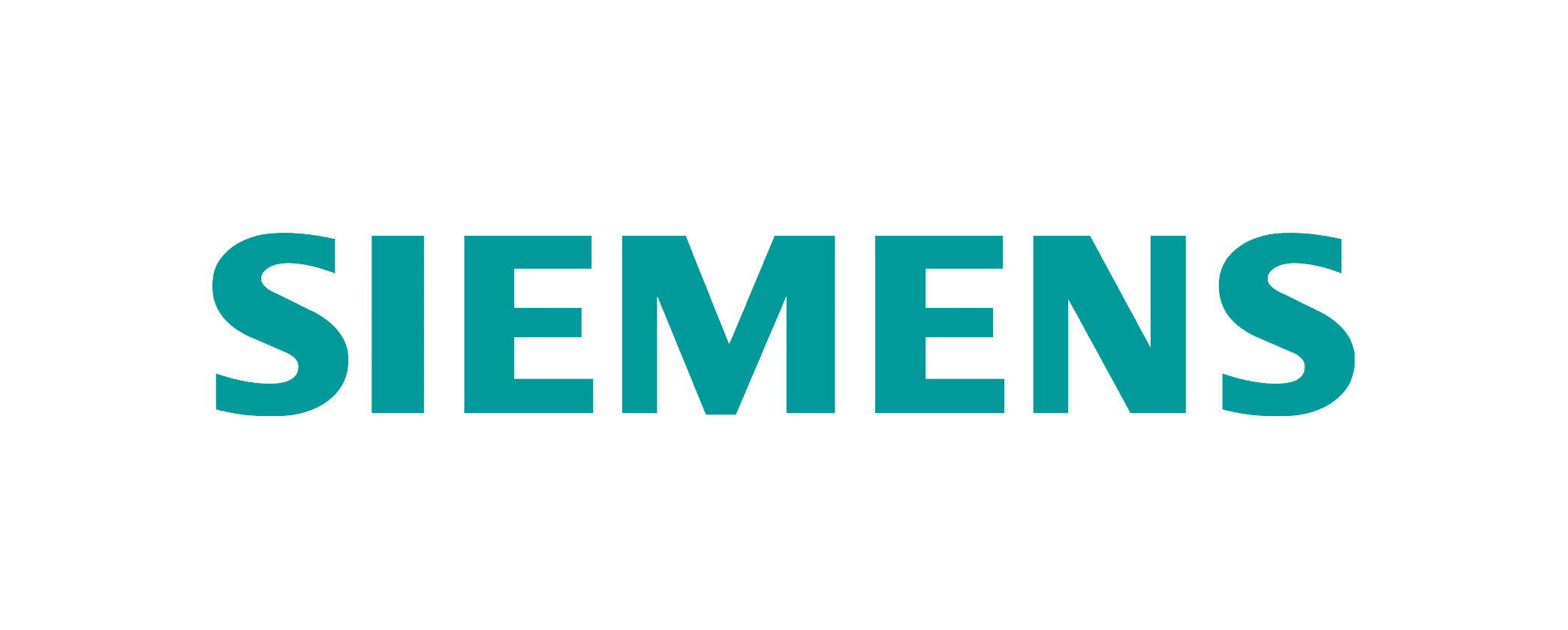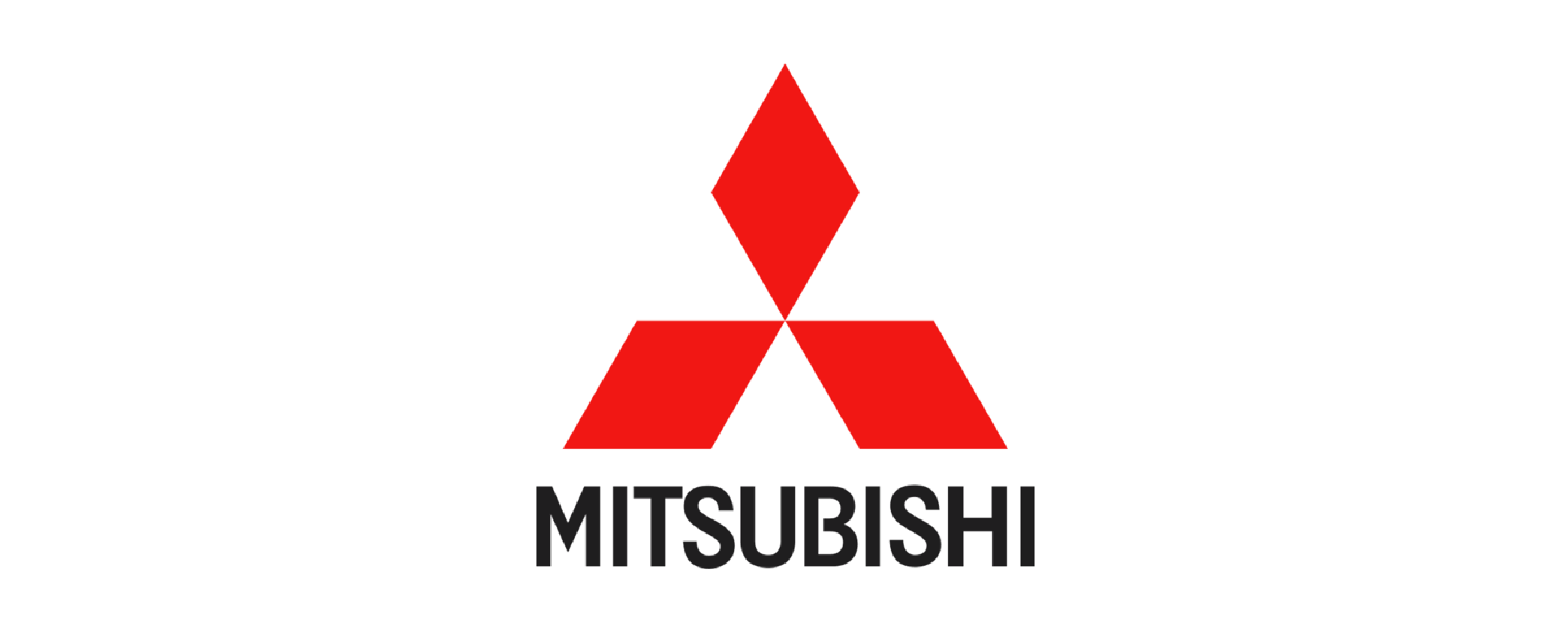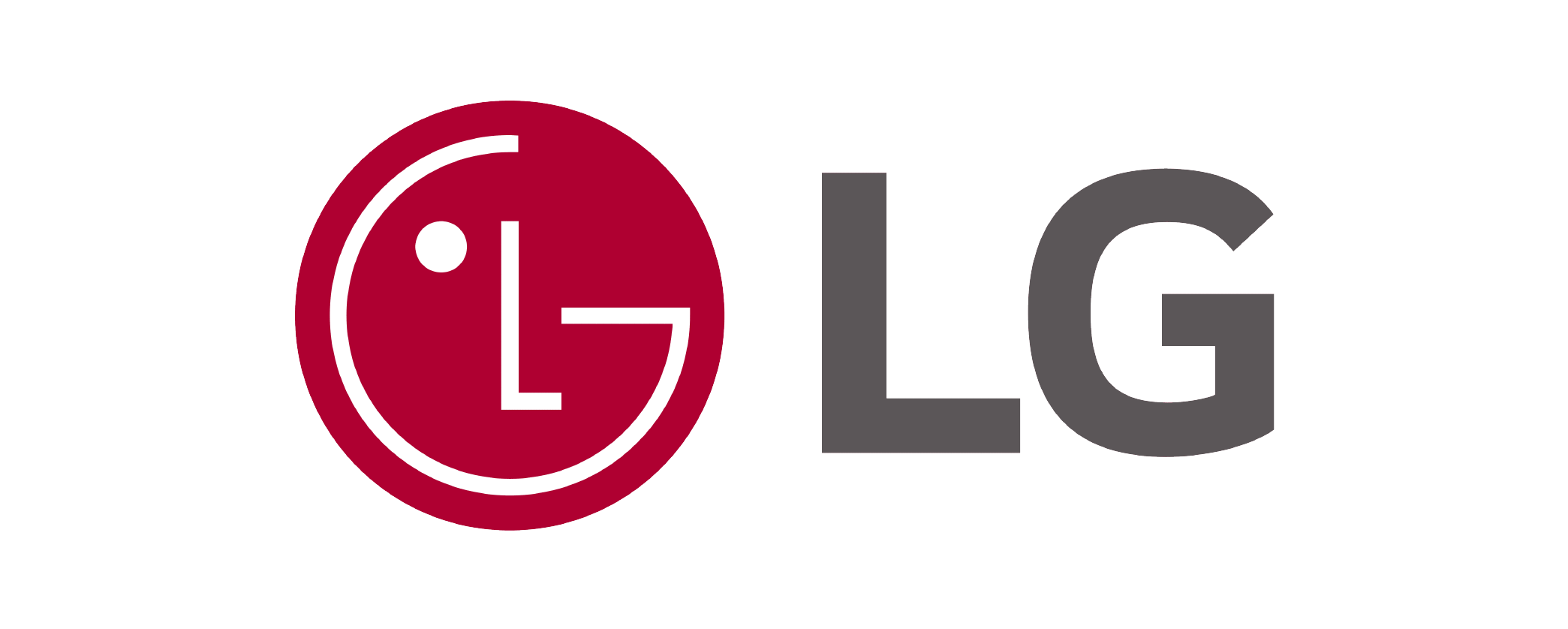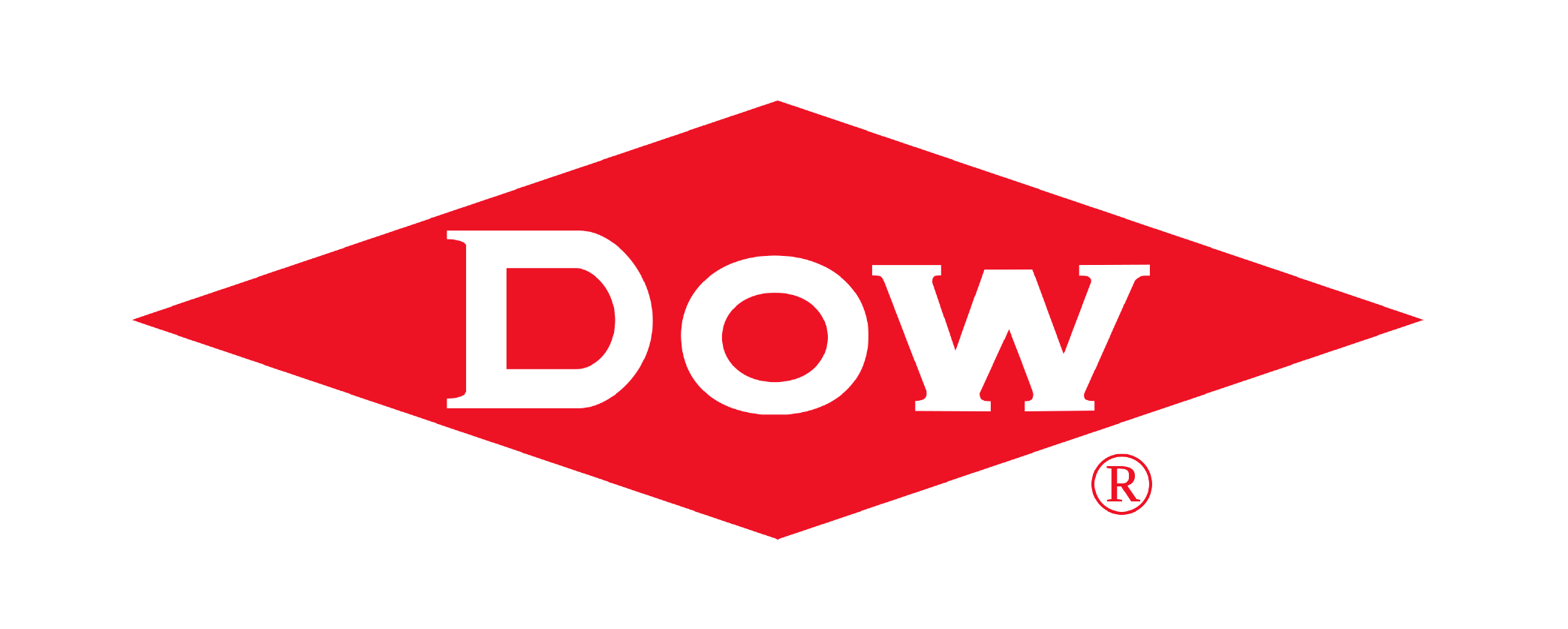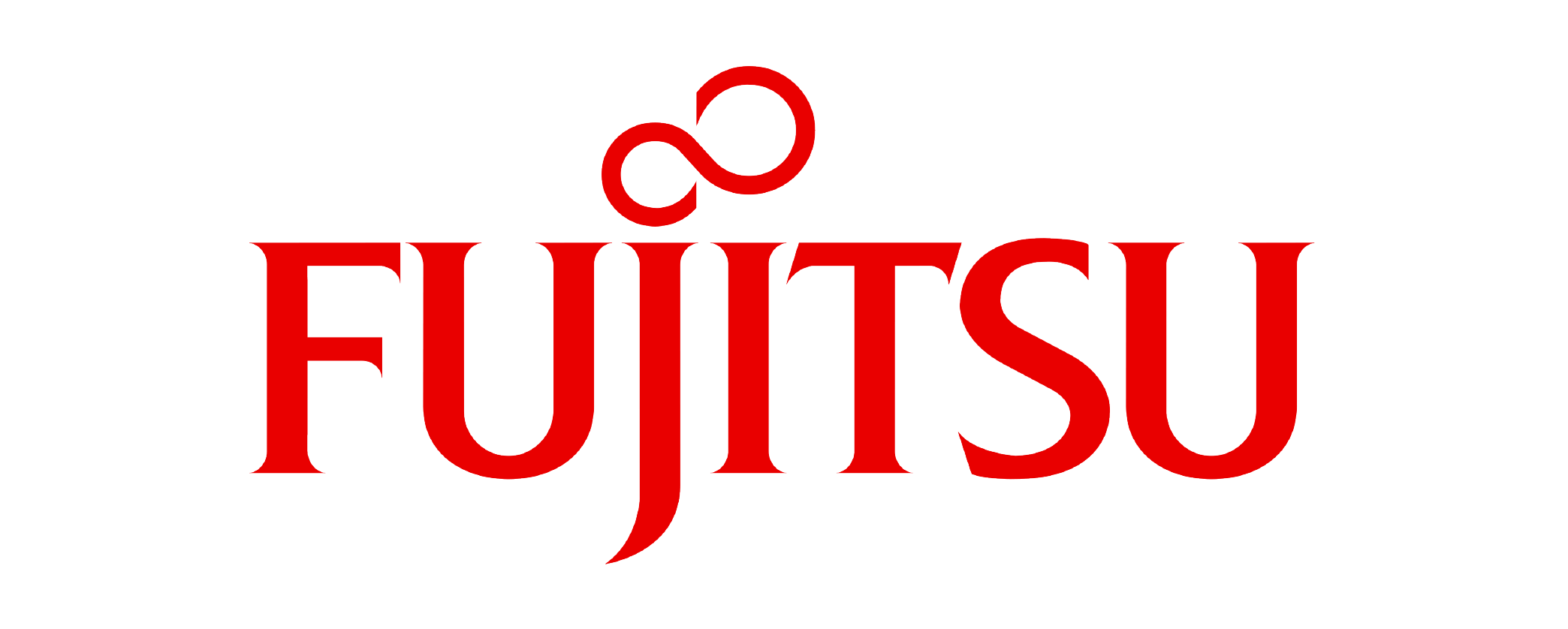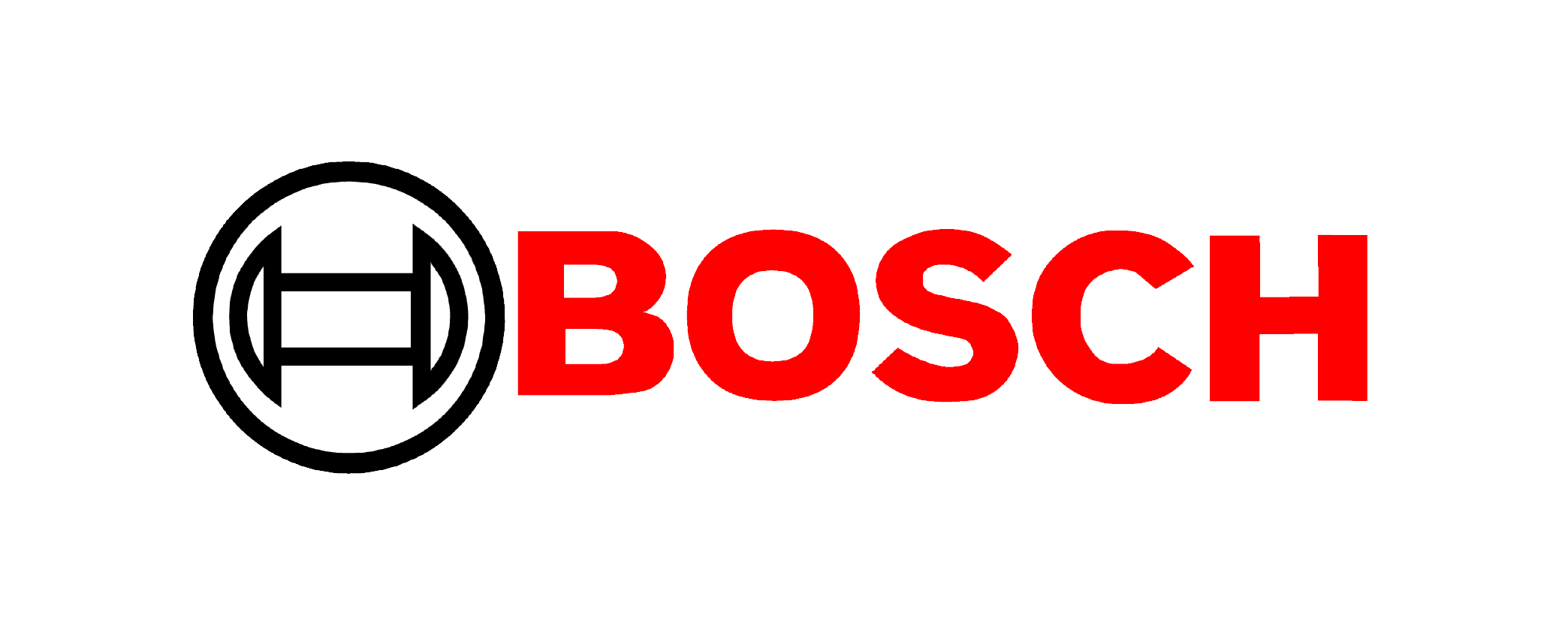The global Bus Market size was valued at USD 98.23 Billion in 2023 and is projected to expand at a compound annual growth rate (CAGR) of 12.3% during the forecast period, reaching a value of USD 198.54 Billion by 2030.
Bus Market research report by Future Data Stats, offers a comprehensive view of the Market's historical data from 2019 to 2022, capturing trends, growth patterns, and key drivers. It establishes 2023 as the base year, analysing the Market landscape, consumer behaviour, competition, and regulations. Additionally, the report presents a well-researched forecast period from 2024 to 2032, leveraging data analysis techniques to project the Market's growth trajectory, emerging opportunities, and anticipated challenges.
MARKET OVERVIEW:
A bus is a large vehicle designed to transport passengers along a specific route, typically operating on a fixed schedule. It is a common mode of public transportation in urban and rural areas, offering an affordable and convenient way for people to travel. Buses come in various sizes and configurations, from small minibusses to large double-decker buses, accommodating different numbers of passengers. They play a crucial role in reducing traffic congestion and carbon emissions by providing an alternative to individual car travel.
In addition to public transportation, buses are also used for various other purposes, such as school transportation, shuttle services, and tourism. School buses, for example, are specially designed to safely transport students to and from school. Shuttle buses are often used to transport passengers between locations such as airports, hotels, and car rental facilities. In the tourism industry, sightseeing buses provide visitors with a convenient way to explore popular attractions in a city or region.
MARKET DYNAMICS:
The increasing demand for sustainable transportation solutions. With growing concerns about environmental pollution and climate change, there is a rising preference for public transportation options like buses, which produce fewer emissions compared to individual cars. Additionally, government initiatives and regulations aimed at reducing carbon emissions are further driving the adoption of buses powered by alternative fuels such as electricity, natural gas, and hydrogen.
The high initial cost of purchasing buses, especially those equipped with advanced technologies such as electric or hybrid powertrains. Additionally, the lack of proper infrastructure, including charging or refueling stations for alternative fuel buses, poses a challenge to their widespread adoption.
BUS MARKET SEGMENTAL ANALYSIS
BY TYPE:
The increasing demand for electric buses driven by the global focus on reducing carbon emissions and transitioning towards sustainable transportation solutions. Electric buses are gaining popularity due to their lower operating costs and reduced environmental impact compared to traditional diesel buses. Governments around the world are implementing stringent emission norms and offering incentives to promote the adoption of electric buses, further driving market growth.
Another significant factor impacting the bus market is the rise in demand for city buses. With rapid urbanization, there is a growing need for efficient and reliable public transportation systems to alleviate traffic congestion and reduce pollution in cities. City buses play a crucial role in meeting this demand by providing affordable and accessible transportation options for urban residents. The increasing focus on smart city initiatives and the integration of advanced technologies in public transportation systems are further driving the demand for modern city buses equipped with features such as real-time tracking, Wi-Fi connectivity, and low-floor designs for enhanced accessibility.
Furthermore, the market for coach/charter buses is experiencing steady growth due to the rising popularity of group travel and tourism. Coach buses offer comfortable and convenient travel options for long-distance journeys, tours, and special events. With increasing disposable income and a growing preference for experiential travel, the demand for coach and charter buses equipped with luxury amenities and advanced safety features is on the rise.
BY APPLICATION:
Public transportation remains a primary driver of the bus market, with increasing urbanization leading to a higher demand for efficient and sustainable transit options. Public buses play a crucial role in providing affordable and accessible transportation for urban residents, helping to alleviate traffic congestion and reduce carbon emissions. Government initiatives aimed at improving public transportation infrastructure and reducing reliance on private vehicles are further driving the demand for buses in this segment.
In addition to public transportation, the tourism and sightseeing sector is a significant contributor to the bus market. Tourist buses and sightseeing coaches provide visitors with a convenient way to explore popular attractions and landmarks in cities and tourist destinations. The growing trend of experiential travel and the rising number of international tourists are driving the demand for comfortable and well-equipped buses with amenities such as air conditioning, multimedia systems, and panoramic windows, enhancing the sightseeing experience.
Furthermore, buses play a vital role in school and college transportation, ensuring safe and reliable commute options for students. With an increasing focus on student safety and the need for efficient transportation services, there is a growing demand for school buses equipped with advanced safety features and efficient route planning systems.
BY FUEL TYPE:
Diesel buses have historically been a mainstay in the market, offering robust performance and widespread availability of fuel infrastructure. However, with increasing environmental concerns and stringent emission regulations, there has been a notable shift towards cleaner fuel alternatives. Gasoline buses, while offering similar advantages to diesel, face similar environmental challenges and are gradually being replaced by more eco-friendly options.
Electric buses have emerged as a dominant force in the bus market, driven by the global push for sustainability and reduced carbon emissions. With advancements in battery technology and infrastructure, electric buses offer zero-emission transportation solutions, making them highly attractive for urban transit systems and environmentally conscious operators. Government incentives and mandates further propel the adoption of electric buses, fostering a competitive market landscape with innovative solutions from manufacturers.
Hybrid buses represent a transitional solution, combining traditional combustion engines with electric propulsion systems to enhance fuel efficiency and reduce emissions. These buses offer a practical bridge towards fully electric fleets, providing operators with flexibility and cost savings while reducing their environmental footprint.
BY SEATING CAPACITY:
Buses with less than 20 seats cater to niche markets such as shuttle services, tourist transport in narrow streets, and specialized transportation for small groups. These buses offer maneuverability and flexibility, making them ideal for urban routes with limited space and high traffic density. The compact size of these buses also allows for easier navigation through narrow roads and crowded city centers.
Buses with seating capacities ranging from 20 to 40 seats are widely used for public transportation, school transportation, and employee shuttles. They offer a balance between passenger capacity and maneuverability, making them versatile for various applications. These buses are commonly used for urban and suburban routes, providing a cost-effective and efficient means of transportation for medium-sized groups. Additionally, they are often equipped with modern amenities and safety features to enhance passenger comfort and satisfaction.
Buses with seating capacities exceeding 40 seats are typically used for inter-city transportation, long-distance travel, and charter services. With spacious interiors and ample seating, these buses offer comfort and convenience for large groups of passengers. They are equipped with amenities such as reclining seats, air conditioning, onboard entertainment systems, and restroom facilities, making them suitable for extended journeys.
REGIONAL ANALYSIS:
In North America, the market is driven by a strong emphasis on public transportation infrastructure, particularly in urban centers. Stringent emission regulations and government initiatives promoting sustainable transportation solutions have led to an increased adoption of electric and hybrid buses. Additionally, the presence of key market players and technological advancements further contribute to the growth of the bus market in the region.
In Europe, the bus market is characterized by a growing demand for electric buses and a well-established public transportation network. Government subsidies and incentives for electric vehicle adoption have accelerated the transition towards greener transportation solutions. Moreover, the region's focus on reducing carbon emissions and improving air quality has led to significant investments in electric and hybrid buses. With increasing urbanization and congestion in cities, there is a growing need for efficient and sustainable public transportation systems, further driving the demand for buses in Europe.
KEY MARKET PLAYERS:
- Volvo Group
- Daimler AG
- Scania AB
- MAN Truck & Bus
- Ashok Leyland
- Tata Motors
- Iveco
- BYD Company Limited
- Yutong Group
- Zhongtong Bus Holding Co., Ltd.
- Gillig Corporation
- New Flyer Industries Inc.
- Alexander Dennis Limited
- Blue Bird Corporation
- Van Hool NV
- Solaris Bus & Coach
- Nova Bus Corporation
- Otokar Otomotiv ve Savunma Sanayi A.Ş.
- Anhui Ankai Automobile Co., Ltd.
- Higer Bus Company Limited
- King Long United Automotive Industry Co., Ltd.
- Temsa Global
- Marcopolo S.A.
- Neoplan Bus GmbH
- Wrightbus
Table of Contents
Introduction
Market Overview
Market Dynamics
Drivers
Restraints
Opportunities
Bus Market Segmentation
By Type
By Application
By Fuel Type
By Seating Capacity
By Region
Competitive Landscape
Key Players
Market Share Analysis
Competitive Strategies
Recent Developments and Innovations
Market Outlook and Future Trends
Appendix
References
Bus Market Segmentation
By Type:
- City Bus
- Intercity Bus
- School Bus
- Coach/Charter Bus
- Electric Bus
- Articulated Bus
- Double-decker Bus
- Minibus
- Sightseeing Bus
- Shuttle Bus
By Application:
- Public Transportation
- Tourism and Sightseeing
- School and College Transportation
- Employee Transportation
- Chartered Tours and Excursions
- Airport Transportation
- Inter-city Transportation
By Fuel Type:
- Diesel
- Gasoline
- Electric
- Hybrid
By Seating Capacity:
- Less than 20 Seats
- 20-40 Seats
- 40-60 Seats
- More than 60 Seats
By Geography:
- North America (USA, Canada, Mexico)
- Europe (Germany, UK, France, Russia, Italy, Rest of Europe)
- Asia-Pacific (China, Japan, South Korea, India, Southeast Asia, Rest of Asia-Pacific)
- South America (Brazil, Argentina, Columbia, Rest of South America)
- Middle East and Africa (Saudi Arabia, UAE, Egypt, Nigeria, South Africa, Rest of MEA)
Key Reasons to Buy this Report
- Comprehensive Insights: Market research reports provide in-depth and comprehensive insights into various industries, markets, and sectors. These reports are prepared after extensive data collection, analysis, and interpretation, offering you valuable information and a clear understanding of market trends, dynamics, and opportunities.
- Future Predictions: Market research reports often include future data statistics, forecasts, and predictions. These predictions are based on rigorous analysis and modeling techniques, taking into account various factors such as market growth drivers, challenges, and emerging trends. By accessing these future data stats, you can make informed decisions and develop strategies that align with the projected market scenarios.
- Industry Analysis: Market research reports offer detailed industry analysis, including factors such as market size, market share, competitive landscape, and key players. These reports provide an overview of the industry's current status, growth potential, and competitive dynamics, enabling you to identify lucrative opportunities and stay ahead of the competition.
- Market Trends and Opportunities: By purchasing market research reports, you gain access to up-to-date information on market trends and emerging opportunities. These reports highlight the latest consumer preferences, technological advancements, regulatory changes, and other influential factors shaping the market landscape. Keeping track of these trends helps you identify potential growth areas and adapt your business strategies accordingly.
- Risk Mitigation: Investing in a market research report can help mitigate risks associated with market uncertainties. The reports provide insights into potential risks, challenges, and barriers to entry in specific markets or industries. With this knowledge, you can develop risk mitigation strategies, anticipate market fluctuations, and make informed decisions to minimize potential losses.
- Investment Decision Support: Market research reports are valuable tools for investors, venture capitalists, and financial institutions. These reports provide reliable and data-driven information that aids in investment decision-making processes. By analyzing market research reports, investors can evaluate the market potential, assess the feasibility of investment opportunities, and gauge the expected returns on investment.
- Product Development and Innovation: Market research reports offer insights into consumer preferences, needs, and demands. This information can be leveraged for product development and innovation. By understanding the market dynamics and consumer behavior, you can tailor your products or services to meet the evolving needs of your target audience, leading to enhanced customer satisfaction and market success.
- Strategic Planning: Market research reports serve as a foundation for strategic planning. They provide a comprehensive overview of the market landscape, competitive positioning, and growth potential. With this knowledge, you can develop effective business strategies, set realistic goals, and allocate resources efficiently. Strategic planning based on accurate market research helps optimize your operations and improve your chances of success.
- Market Entry and Expansion: For businesses looking to enter new markets or expand their existing operations, market research reports are indispensable. These reports provide insights into market dynamics, consumer behavior, regulatory frameworks, and competitive landscapes specific to the target markets. This information helps you assess the feasibility of market entry, identify potential obstacles, and develop market entry strategies that increase your chances of success.
- Evidence-Based Decision Making: Market research reports provide evidence-based data and analysis, enabling you to make informed decisions. Rather than relying on assumptions or guesswork, you can base your decisions on reliable information and market insights. Evidence-based decision making reduces the risk of costly mistakes and increases the likelihood of achieving your business objectives.
RESEARCH METHODOLOGY
With a collective industry experience of about 70 years of analysts and experts, Future Data Stats encompasses the most infallible research methodology for its market intelligence and industry analysis. Not only does the company dig deep into the innermost levels of the market, but also examines the minutest details for its market estimates and forecasts.
This approach helps build a greater market-specific view of size, shape, and industry trends within each industry segment. Various industry trends and real-time developments are factored into identifying key growth factors and the future course of the market. The research proceeds are the results of high-quality data, expert views & analysis, and valuable independent opinions. The research process is designed to deliver a balanced view of the global markets and allows stakeholders to make informed decisions, to attain their highest growth objectives.
Future Data Stats offers its clients exhaustive research and analysis, based on a wide variety of factual inputs, which largely include interviews with industry participants, reliable statistics, and regional intelligence. The in-house industry experts play an instrumental role in designing analytic tools and models, tailored to the requirements of a particular industry segment. These analytical tools and models distill the data & statistics and enhance the accuracy of our recommendations and advice.
With Future Data Stats calibrated research process and 360° data-evaluation methodology, the clients receive:
- Consistent, valuable, robust, and actionable data & analysis that can easily be referenced for strategic business planning
- Technologically sophisticated and reliable insights through a well-audited and veracious research methodology
- Sovereign research proceeds that present a tangible depiction of the marketplace
With this strong methodology, Future Data Stats ensures that its research and analysis is most reliable and guarantees sound business planning.
The research methodology of the global market involves extensive primary and secondary research. Primary research includes about 24 hours of interviews and discussions with a wide range of stakeholders that include upstream and downstream participants. Primary research typically is a bulk of our research efforts, coherently supported by extensive secondary research. Over 3000 product literature, industry releases, annual reports, and other such documents of key industry participants have been reviewed to obtain a better market understanding and gain enhanced competitive intelligence. In addition, authentic industry journals, trade associations’ releases, and government websites have also been reviewed to generate high-value industry insights.
Primary Research:
|
Primary Research
|
Desk Research
|
Company Analysis
|
|
• Identify key opinion leaders • Questionnaire design • In-depth Interviews • Coverage across the value chain
|
• Company Website • Company Annual Reports • Paid Databases • Financial Reports
|
• Market Participants • Key Strengths • Product Portfolio • Mapping as per Value Chain • Key focus segment
|
Primary research efforts include reaching out to participants through emails, telephonic conversations, referrals, and professional corporate relations with various companies that make way for greater flexibility in reaching out to industry participants and commentators for interviews and discussions.
The aforementioned helps to:
- Validate and improve data quality and strengthen the research proceeds
- Develop a market understanding and expertise
- Supply authentic information about the market size, share, growth, and forecasts
The primary research interview and discussion panels comprise experienced industry personnel.
These participants include, but are not limited to:
- Chief executives and VPs of leading corporations specific to an industry
- Product and sales managers or country heads; channel partners & top-level distributors; banking, investments, and valuation experts
- Key opinion leaders (KOLs)
Secondary Research:
A broad array of industry sources for the secondary research typically includes, but is not limited to:
- Company SEC filings, annual reports, company websites, broker & financial reports, and investor presentations for a competitive scenario and shape of the industry
- Patent and regulatory databases to understand technical & legal developments
- Scientific and technical writings for product information and related preemptions
- Regional government and statistical databases for macro analysis
- Authentic news articles, web-casts, and other related releases to evaluate the market
- Internal and external proprietary databases, key market indicators, and relevant press releases for market estimates and forecasts
|
PRIMARY SOURCES |
DATA SOURCES |
|
• Top executives of end-use industries • C-level executives of the leading Parenteral Nutrition companies • Sales manager and regional sales manager of the Parenteral Nutrition companies • Industry Consultants • Distributors/Suppliers
|
• Annual Reports • Presentations • Company Websites • Press Releases • News Articles • Government Agencies’ Publications • Industry Publications • Paid Databases
|
Analyst Tools and Models:
|
BOTTOM-UP APPROACH |
TOP-DOWN APPROACH |
|
· Arriving at · Arriving at · Market Share · Key Market Players |
· Key Market Players · Market Share · Arriving at · Arriving at |
Bus Market Dynamic Factors
Drivers:
- Growing demand for public transportation
- Increasing urbanization
- Government initiatives to promote sustainable transportation
- Technological advancements in bus manufacturing
- Rising concerns regarding air pollution
Restraints:
- High initial investment costs
- Lack of proper infrastructure
- Competition from other modes of transportation
- Regulatory challenges and standards
Opportunities:
- Rising demand for electric and hybrid buses
- Expansion of bus rapid transit (BRT) systems
- Emerging markets in Asia-Pacific and Latin America
- Adoption of smart technologies in buses
Challenges:
- Maintenance and operational costs
- Integration of new technologies
- Addressing range limitations of electric buses
- Ensuring passenger safety and comfort
Frequently Asked Questions
